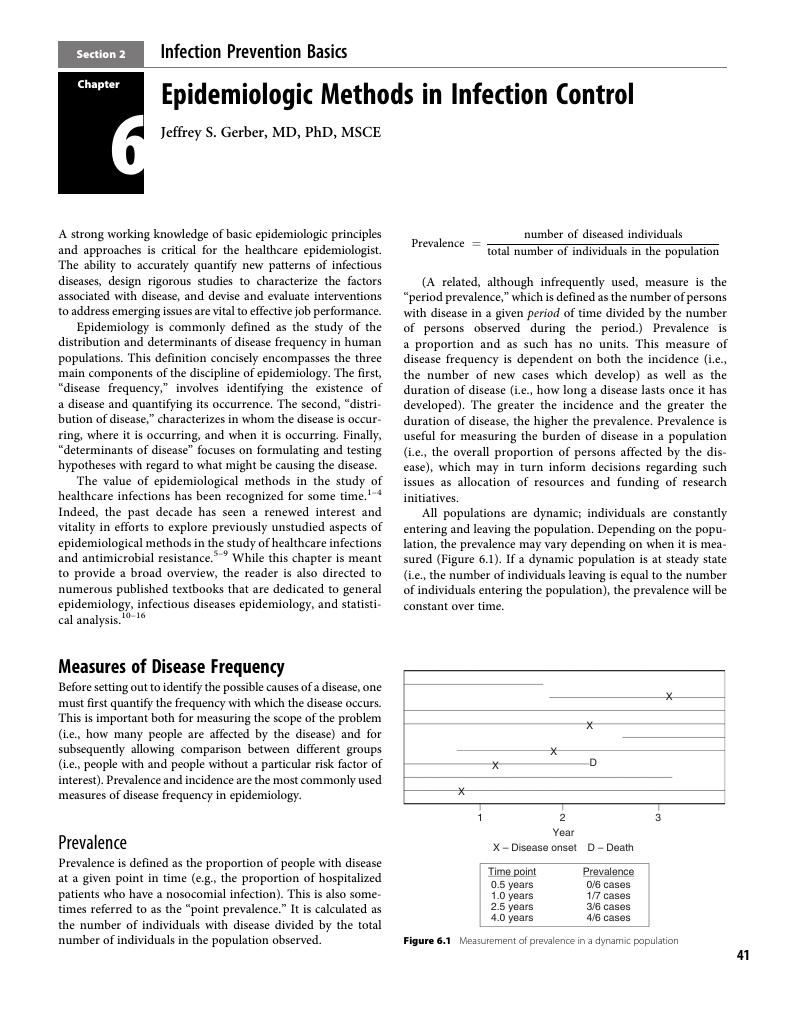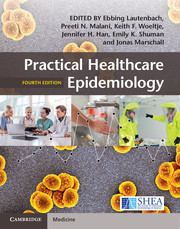Book contents
- Practical Healthcare Epidemiology
- Practical Healthcare Epidemiology
- Copyright page
- Dedication
- Contents
- Contributors
- Preface
- Section 1 Getting Started
- Section 2 Infection Prevention Basics
- Section 3 Major HAI Categories: Surveillance and Prevention
- Section 4 Antimicrobial-Resistant Organisms
- Section 5 Special Settings
- Section 6 Special Topics
- Index
- References
Section 2 - Infection Prevention Basics
Published online by Cambridge University Press: 02 April 2018
- Practical Healthcare Epidemiology
- Practical Healthcare Epidemiology
- Copyright page
- Dedication
- Contents
- Contributors
- Preface
- Section 1 Getting Started
- Section 2 Infection Prevention Basics
- Section 3 Major HAI Categories: Surveillance and Prevention
- Section 4 Antimicrobial-Resistant Organisms
- Section 5 Special Settings
- Section 6 Special Topics
- Index
- References
Summary

- Type
- Chapter
- Information
- Practical Healthcare Epidemiology , pp. 41 - 132Publisher: Cambridge University PressPrint publication year: 2018

